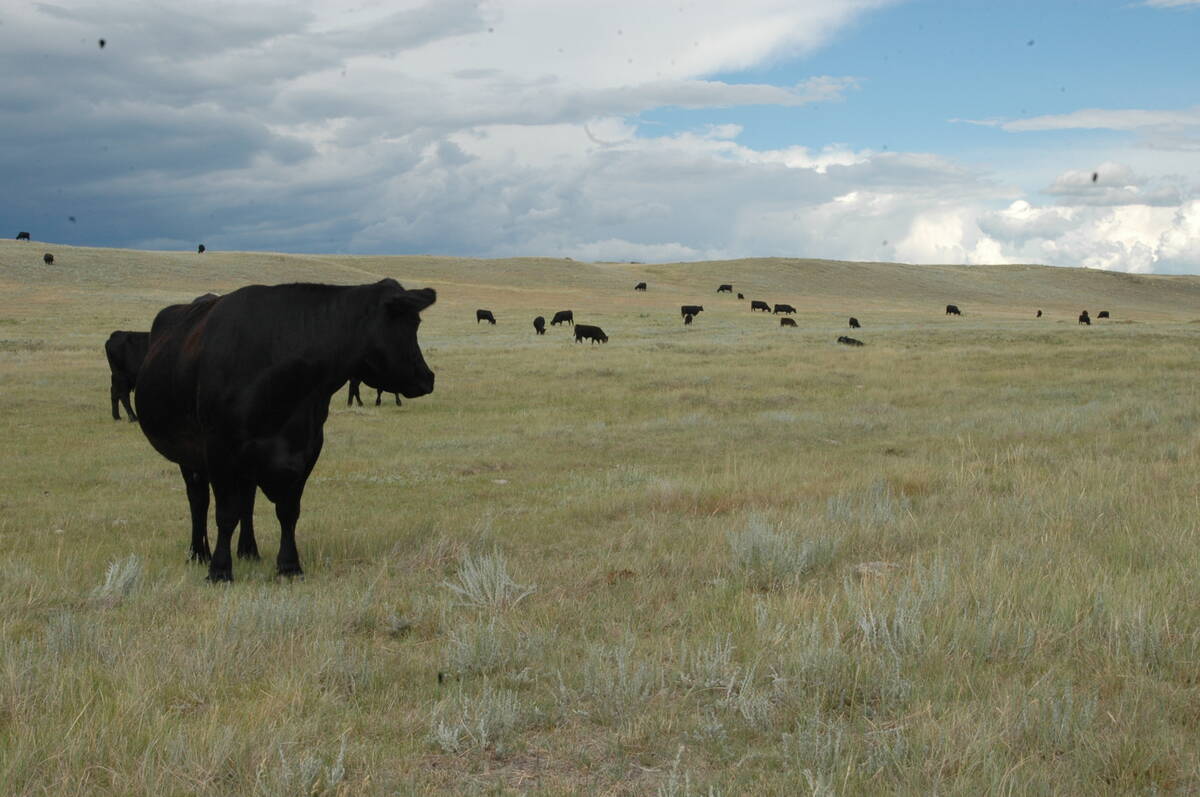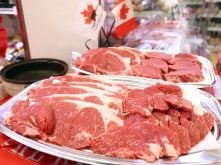For many producers, analyzing the cost to produce a pound of beef is complicated.
But more producers are turning to new technology to optimize their profits.
“Some people are moving more toward the idea of selling animals that produce good profit,” said Sonja Lemm of the Western Beef Development Centre.
With the help of animal identification systems and computer software that breaks down expenses and revenues, the cost of production is becoming easier to calculate.
The beef development centre and the University of Saskatchewan are involved in a project called Information Management Systems for Cow-Calf Producers.
Read Also

Saskatchewan Cattle Association struggles with lower marketings
This year’s change in the provincial checkoff has allowed the Saskatchewan Cattle Association to breathe a little easier when it comes to finances.
Information is collected from 32 producers in Saskatchewan and Alberta and incorporated into the producers’ management and marketing strategies.
With this feedback, producers can identify animals that are most productive and management practices that lead to greater profitability.
This three-year study is specific to cow-calf operations. The first two years have been analyzed and the final year of data is expected this spring.
The study tracks various costs such as bulls, veterinary medicine, trucking, fuel, interest and winter feed.
“Winter feed costs are specific to having to go out and purchase the feed,” said Lemm.
“They had to calculate how much it would cost to produce it and what you would sell it to yourself for.”
The data collected suggests that winter feeding costs are the least variable expense on the farms that were studied.
Depreciation and fuel costs have a greater impact on the bottom line.
The cost of land and taxes were charged back in terms of pasture expenses.
Location was also taken into account because costs vary across Alberta and Saskatchewan.
Lemm said three years of data is probably not enough to influence major production decisions but it did reveal some roadblocks and costs.
One common obstacle in studying costs is linked to the common method of selling pens of cattle for an average price rather than selling animals individually.
It is hard to obtain specific information on performance in the feedlot or carcass quality.
If feedlots or packers see no financial benefit for themselves, they see no reason to share information that could influence future decisions for the cow-calf producer.
Electronic identification may alleviate this in future, so rather than selling animals on an average basis, producers can get information on the quality of individuals and be paid accordingly, said Lemm.















